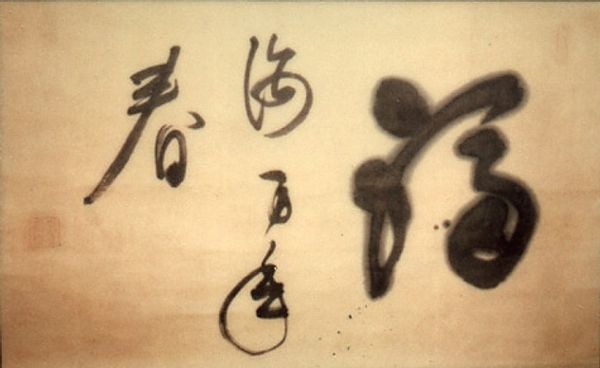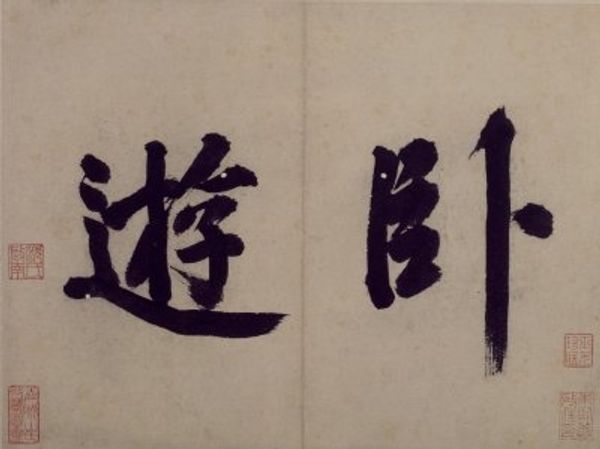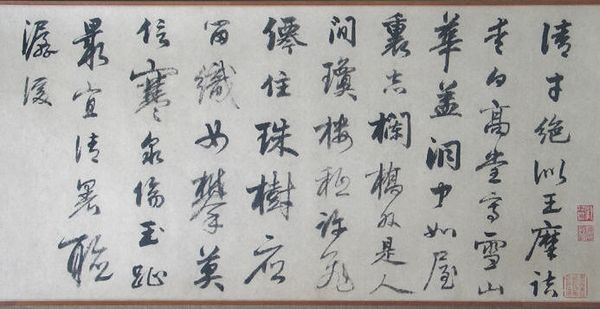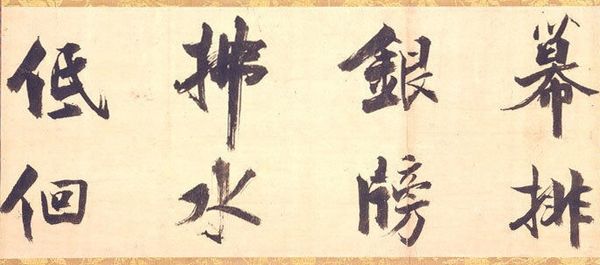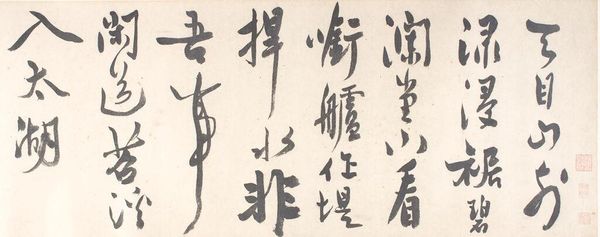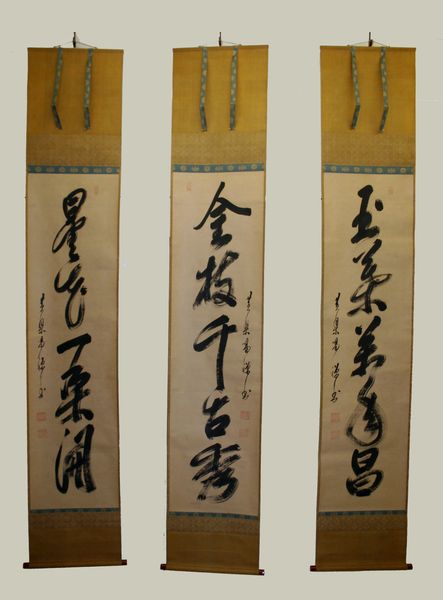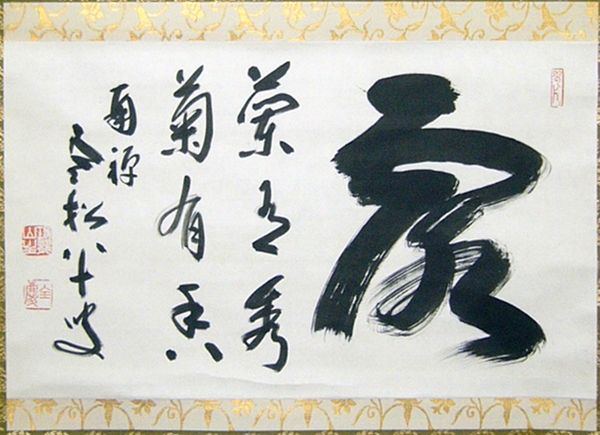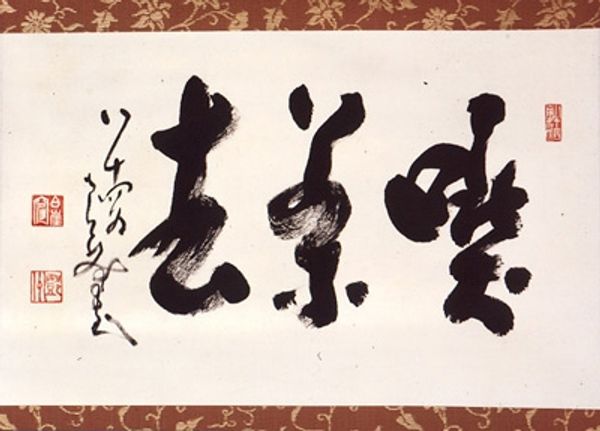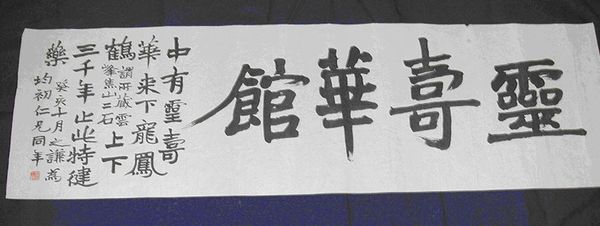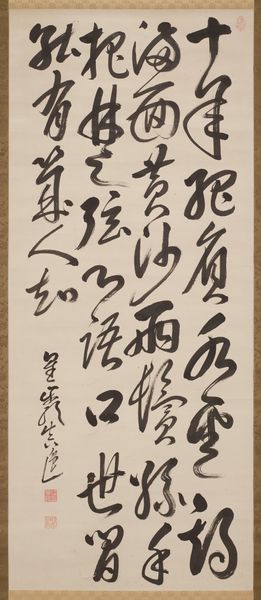![Travel Poems [left of a pair] by Unge](/_next/image?url=https%3A%2F%2Fd2w8kbdekdi1gv.cloudfront.net%2FeyJidWNrZXQiOiAiYXJ0ZXJhLWltYWdlcy1idWNrZXQiLCAia2V5IjogImFydHdvcmtzL2UyY2Y4YjRiLTAwNWEtNDNmOC1iY2U5LTc5ZWU5ZTY1NGMzNy9lMmNmOGI0Yi0wMDVhLTQzZjgtYmNlOS03OWVlOWU2NTRjMzdfZnVsbC5qcGciLCAiZWRpdHMiOiB7InJlc2l6ZSI6IHsid2lkdGgiOiAxOTIwLCAiaGVpZ2h0IjogMTkyMCwgImZpdCI6ICJpbnNpZGUifX19&w=3840&q=75)
drawing, paper, ink-on-paper, ink
#
drawing
#
hand-lettering
#
typographical
#
ink paper printed
#
lettering
#
typeface
#
small typography
#
asian-art
#
hand lettering
#
japan
#
paper
#
ink-on-paper
#
ink
#
hand-drawn typeface
#
fading type
#
calligraphy
#
small lettering
Dimensions: 7 1/2 × 422 11/16 in. (19.05 × 1073.63 cm) (image)7 1/2 × 432 5/8 in. (19.05 × 1098.87 cm) (mount)
Copyright: Public Domain
Curator: This artwork is called "Travel Poems", created in 1834, and is held at the Minneapolis Institute of Art. It's an ink-on-paper drawing, showcasing masterful calligraphy. Editor: It feels so immediate! The thick brushstrokes give it an energy, a real sense of the artist's hand moving across the paper. There's something very confident about the weight of the ink. Curator: Absolutely. The stark black ink against the paper creates a compelling contrast. Looking closely, we can appreciate how the material—the paper itself—is integral to this artwork. Think about the sourcing, the preparation of the paper, and the particular kind of ink used and how its production and trade reflect the cultural economy of the time. Editor: And think about the symbols! This isn't just writing; each character carries deep cultural weight. Calligraphy itself, as an art form, is a symbol of status and education. I'm particularly drawn to the way some of the characters almost resemble natural forms, like mountains or rivers – fitting for "travel poems," right? Curator: I'd also want to consider the historical context. Was this created for a private patron, a public display, or personal reflection? How might its meaning have changed depending on the viewer or the setting in which it was viewed? It's also useful to consider the cultural status of ink as material during the period it was created. Editor: Good point, the "travel" aspect surely held significant value during its period, where access and trade were more limited compared to our current context. The poem, rendered so beautifully, becomes a vessel for vicarious experience, a way to connect with other places and other lives. Curator: Indeed, and while the visual beauty is immediately captivating, thinking about the poem's meaning as it relates to social issues surrounding travel really grounds it for me. Editor: It really prompts thinking about not only travel through landscape but through time. It invites contemplation on the human experience, rendered through potent symbols, and exquisite control of a simple material: ink. Curator: So much for something initially appearing very straightforward and simple. Editor: Exactly, I see it slightly different after this conversation. Thanks!
Comments
No comments
Be the first to comment and join the conversation on the ultimate creative platform.

